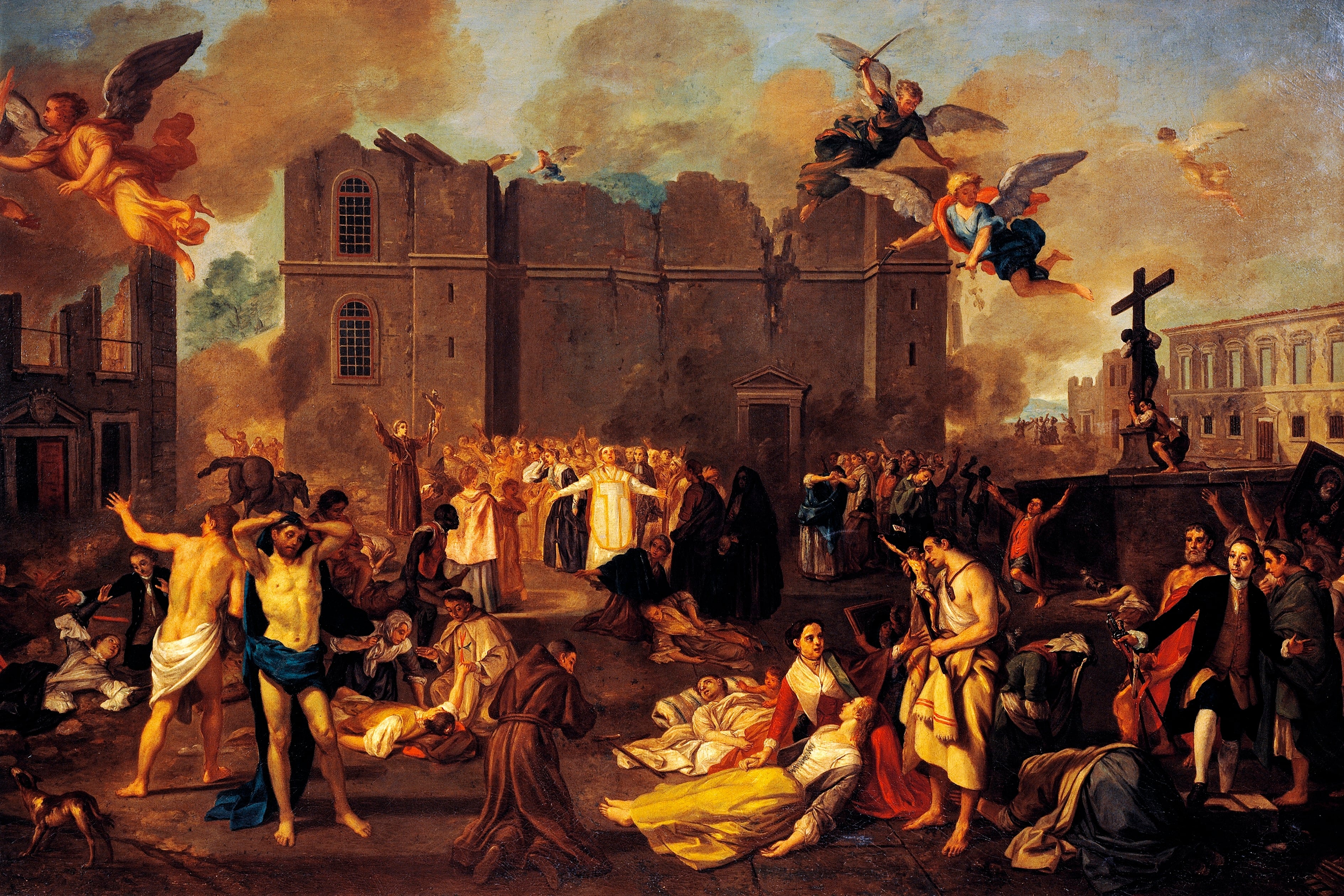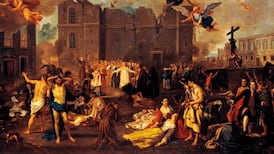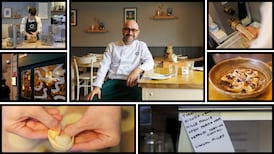Across 13 chapters, Harman & Diarmuid Murtagh present an informative analysis of The Irish Jacobite Army: Anatomy of the Force (Four Courts Press, €45). The largest body of Irish soldiers ever to go into battle prior to the 20th century, the force sustained a major war against a multinational and more professional Williamite army, which involved pitched battles, sieges and other military operations throughout Ireland.
At its height, estimates put the number of soldiers in the Jacobite army during the years from 1689 to 1691 at nearly 40,000.
The book’s impressive range covers the peacetime armed forces period of the 1680s, followed by the Battle of the Boyne, when the army supported King James II, the exiled Stuart monarch, against the forces of William of Orange. Pen portraits evaluate the lives of, among others, Patrick Sarsfield, who had a key leadership role in the Jacobite army; Conrad von Rosen, a general of Baltic-German origin, who injected a measure of French professionalism into the Irish army; and Charles Chalmont, Marquis de Saint-Ruth, whose death at Aughrim in 1691 was judged disastrous for the Irish cause.
Colour plates illustrate the military leaders, battles and castles, while tables and sketches of figures include a cavalry kettledrummer, Gun-money from the Limerick mint, swords and matchlock muskets. Although the Jacobite war in Ireland ended in defeat, its struggle commands respect, ensuring it a secure place in the canon of both Irish and European history.
READ MORE
Through the prism of Gerard O’Rourke’s parish in mid-Cork, the story of conflict and perseverance involved in achieving independence during the first quarter of the 20th century unfolds in Land War to Civil War, 1900-1924: Donoughmore to Cork and Beyond (€25). Drawing on family archives and correspondence, the author recounts incidents and experiences that took place, highlighting not only the troubled times, but also cultural and economic life.
[ Local history: Four revealing and entertaining reads provide a window on the pastOpens in new window ]
The executions of Mary Lindsay, Major Compton Smith and the aftermath in January 1921 of the Dripsey Ambush – 20km west of Cork city – are outlined, while another chapter discusses the lives of sisters Nora and Sheila Wallace and their part in the War of Independence. These are set alongside nuggets of detail and previously unseen images. Part of the proceeds from the sale of the book will be donated to cancer care services in Cork.
Not While I Have Ammo: A History of Captain Connie Mackey, Defender of the Strand (History Press, £10.99) is written by his grandson, Jim Corbett. The book recounts the story of the commanding officer in charge of the Strand Barracks in the Mid-Limerick IRA during the Civil War, when Captain Cornelius McNamara was known to his men as Connie Mackey.
During the Civil War, between July 15th and 20th, 1922, the republican-held Strand Barracks in Limerick, on what is now Clancy’s Strand, came under constant ferocious bombardment from Free State troops. They attacked the barracks repeatedly with armoured cars and sniper, machine-gun and mortar fire. All attempts to capture the barracks were resisted fiercely by the men inside. Mackey came from a generation of unselfish Irishmen with high ideals who were prepared to risk and endure everything for their country.
In The Brutish Empire: Four Centuries of Colonial Atrocities (O’Brien Press, €19.99), Des Ekin examines the British empire’s methods of expansion, which were often brutal and devastating. From Amritsar to Zululand, the author exposes the atrocities committed in the name of colonisation, and considers the realities of colonial rule.
Two chapters concentrate on Ireland. One deals with the Great Famine of the 1840s, while the other suggests there is a strong case for the country being seen as a test lab for the tactics and strategies used to build the global empire. The author breaks this down into a number of lessons which include dehumanising the target population, taking control of the legal system, deceiving and breaking promises, and destroying the local culture. Numerous stories from other countries such as Tibet and Jamaica, as well as the revolt and later partition of India, are dealt with in detail.
[ Local history: Six books that lift the lid on times pastOpens in new window ]
Pagan Ireland: Ritual and Belief in Another World (Wordwell Books, €30) by John Waddell draws on archaeological evidence of ritual practices in other ancient cultures to discuss sacred phenomena, landscapes and objects that often held unworldly meaning. Thirty enigmatic chapters explore subjects as diverse as burial at the Poulawack cairn in the Burren, stone circles, trees, wooden idols and the puzzle of pottery fragments found at sites.
The author contextualises his work within studies of the greater ancient world, bringing an understanding of how the legacy of the veneration of the old gods survived well into Christian times. In his chapter The Language of the Stones, he draws on the work of RAS Macalister, UCD professor of Celtic archaeology, who almost a century ago was struck by the resemblance between rock carvings and passage tomb designs, and motifs in the art of Aboriginal Australian peoples. He reproduces an illustration of a sand drawing, or sandgraph, of the Warramunga people of the Northern Territory.
From another era, Embers of the Hands: Hidden Histories of the Viking Age (Profile Books, £25), by Eleanor Barraclough, is a scholarly survey of the sweep of the Vikings in the northern world from the 8th to 11th centuries. Ireland features in several chapters, including the story of two wooden planks with graffiti of a Viking ship complete with weathervane, found at Winetavern Street close to the Liffey in Dublin (11th-12th centuries).
The book’s parameters are extremely wide, as the Viking influence spanned huge geographic areas through Viking trading, raiding and colonisation. Aside from the stories of kings, seafarers, and saga heroes, the author is fascinated by everyday artefacts, ranging from hair-combs and religious pendants to board games and children’s toys.











